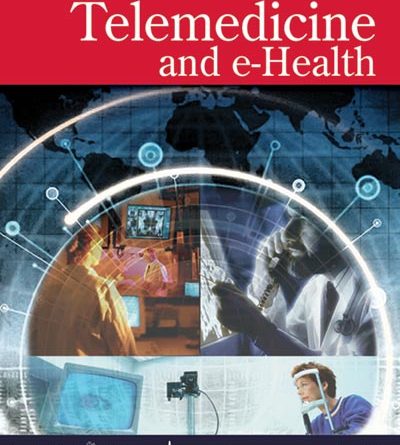Greenhouse Gas Emission Savings in Relation to Telemedicine and Associated Patient Benefits: A Systematic Review
Introduction:Telemedicine is a rapidly expanding service in the digitization of health care systems. Recently emphasis has been placed on the decarbonization of health care systems with National and World Health Organization initiatives aimed at carbon neutrality toward the mid-21st century. This study investigates greenhouse gas emissions related to telemedicine, its potential role in achieving carbon neutrality and its role in determining policy. We further investigate patient benefits related to telemedicine.
Methods:A systematic review was conducted of the PubMed, Medline, EMBASE, EMCARE, CINAHL, and HMIC databases. Eligibility of studies was determined by predefined criteria.
Results:A total of 31 studies were identified totaling over 57,000 patients. Carbon savings ranged from 0.69 kg CO2e (carbon dioxide equivalent) to 893 kg CO2e per encounter. Distances saved also ranged from 6.1 to 3,386 km. Further analysis of 18 included studies was conducted for cost savings that ranged from €1.73 in fuel costs to over U.S. $900 in travel related expenses. Similarly, 15 included studies were analyzed for time savings, which ranged from 38 min to 24 h.
Conclusions:There are substantial carbon savings to be made with telemedicine systems. Furthermore, there are substantial benefits to patients in terms of both time savings and cost savings. Rural and isolated communities or patients needing tertiary or quaternary care may be a particular cohort that might benefit disproportionally from telemedicine and is an area where the largest per capita emission savings can potentially be made.


